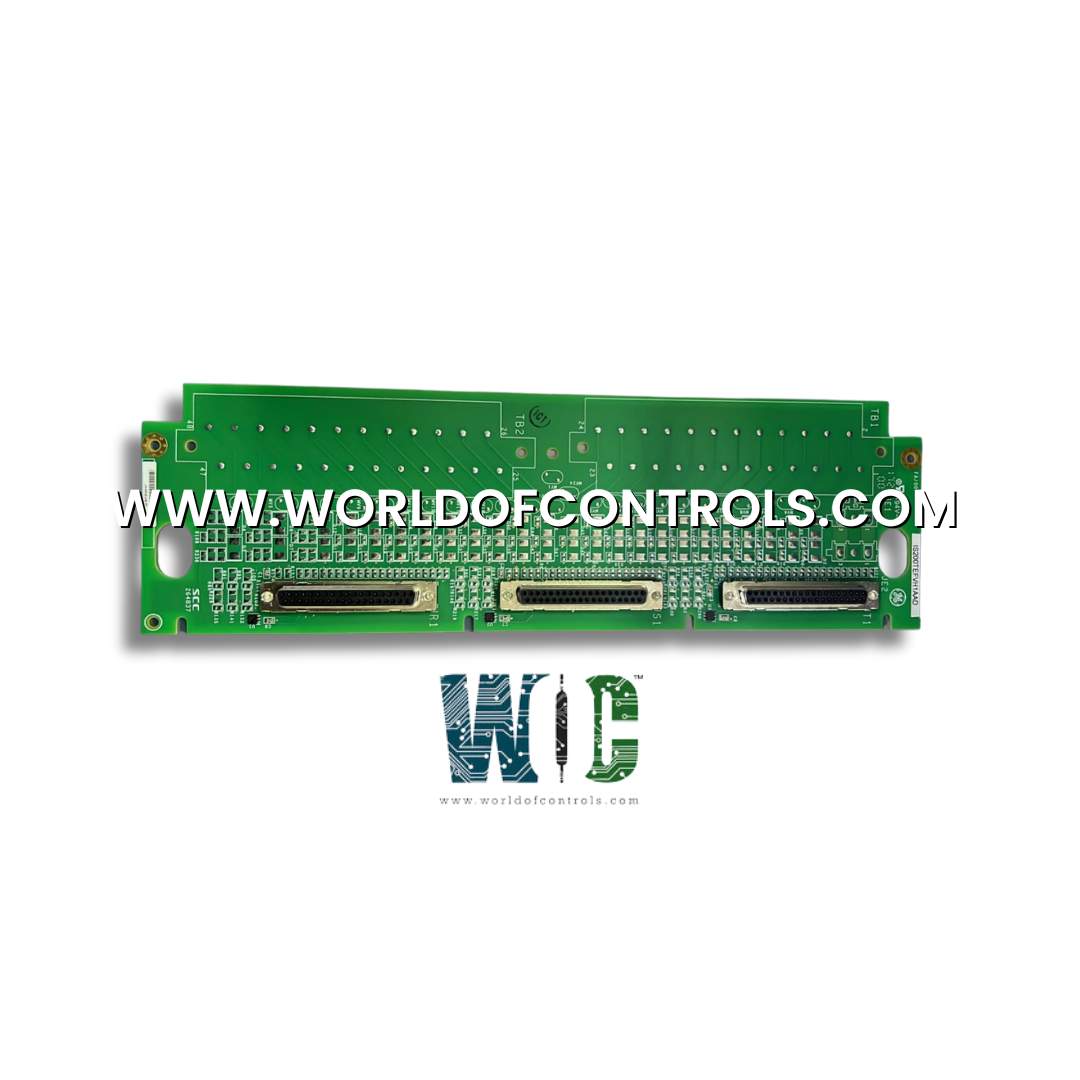
World Of Controls understands the criticality of your requirement and works towards reducing the lead time as much as possible.
IS200TEFVH1AAD - Electric Fuel Valve Terminal Board is available in stock which ships the same day.
IS200TEFVH1AAD - Electric Fuel Valve Terminal Board comes in UNUSED as well as REBUILT condition.
To avail our best deals for IS200TEFVH1AAD - Electric Fuel Valve Terminal Board, contact us and we will get back to you within 24 hours.
SPECIFICATIONS:
Part Number: IS200TEFVH1AAD
Manufacturer: General Electric
Series: Mark VIe
Product Type: Electric Fuel Valve Terminal Board
Power Inputs: 10 v
Mounting: DIN-rail mounting
Operating temperature: 0 to 55°C
Size: 16.51 cm High x 17.8 cm
Repair: 3-7 Day
Availability: In Stock
Weight: 2 lbs
Country of Origin: United States
Manual: GEH-6721L
FUNCTIONAL DESCRIPTION:
IS200TEFVH1AAD is an Electric Fuel Valve Terminal Board manufactured and designed by General Electric as part of the Mark VIe Series used in GE Distributed Control Systems. The Electric Fuel Valve Terminal Board is an Ethernet gateway between the Mark* VIe I/O Ethernet network and an electric fuel valve interface module. The module communicates through the Ethernet Global Data (EGD). The fuel valve interface module is called a Digital Valve Positioner (DVP). It is made by Woodward® Controls. The PEFV contains a processor board common to all Mark VIe I/O packs. One of the dual RJ45 Ethernet connectors connects to the I/O Ethernet network. The other RJ45 Ethernet connector connects directly to the DVP. A 3-pin connector supplies power to the pack.
INSTALLATION:
OPERATION:
WOC has the largest stock of GE Distributed Control System Replacement Parts. We can also repair your faulty boards. WORLD OF CONTROLS can also supply unused and rebuilt backed-up with a warranty. Our team of experts is available round the clock to support your OEM needs. Our team of experts at WOC is happy to assist you with any of your automation requirements. For pricing and availability on any parts and repairs, kindly get in touch with our team by phone or email.
What is an electric fuel valve terminal board?
An electric fuel valve terminal board is a component used in fuel systems to control the flow of fuel electronically. It typically consists of terminals where electrical connections can be made to control the opening and closing of the fuel valve.
How does an electric fuel valve terminal board work?
The electric fuel valve terminal board connects to an electrical control system, such as a switch or a programmable logic controller (PLC). When an electrical signal is sent to the terminal board, it activates the valve mechanism, allowing fuel to flow or shutting it off, depending on the desired operation.
What are the applications of electric fuel valve terminal boards?
Electric fuel valve terminal boards are used in various applications where precise control of fuel flow is required, such as in automotive fuel systems, industrial machinery, heating systems, and aircraft fuel systems.